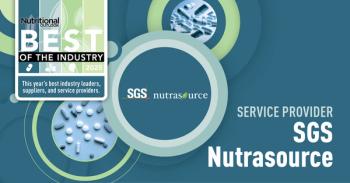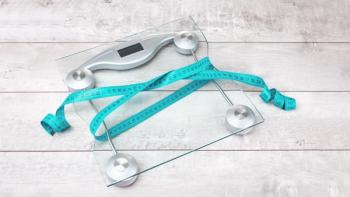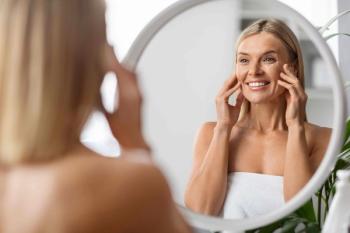
|Slideshows|August 7, 2018
Ingredients for improved sleep: Current top sellers
Author(s)Maureen Kingsley
A look at some of the most promising sleep aid ingredients.
Advertisement
Newsletter
From ingredient science to consumer trends, get the intel you need to stay competitive in the nutrition space—subscribe now to Nutritional Outlook.
Advertisement
Advertisement
Advertisement
Trending on Nutritional Outlook - Supplement, Food & Beverage Manufacturing Trends
1
Artemis International: 30 Years of Science-Backed Berry and Botanical Innovation
2
Certifications, Clinical Trials, and Consumer Trust: How SGS NutriSource Serves the Industry
3
Pycnogenol supplementation effective for lipedema symptom reduction, new clinical trial demonstrates
4
New LOAM prebiotic fiber formula includes NutriLeads’ Benicaros ingredient
5





